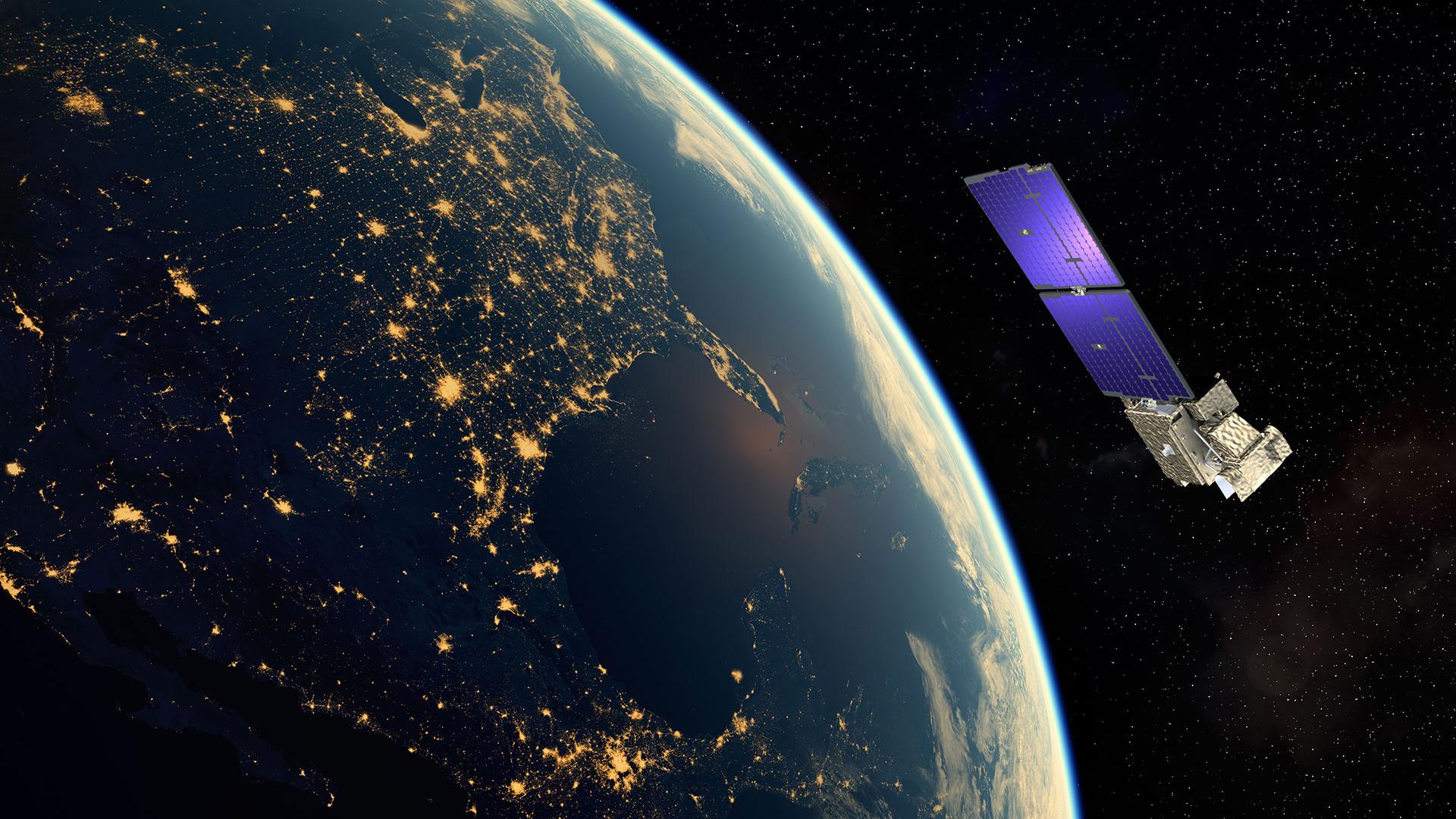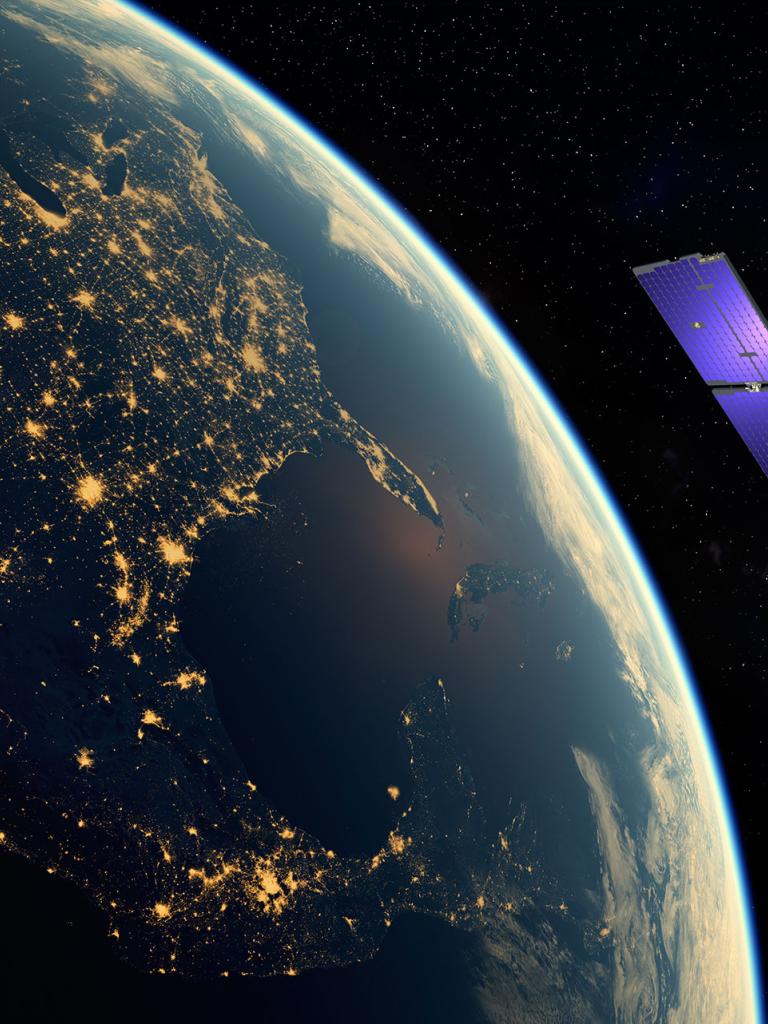- Member states to begin voting on the EUMETSAT Polar System - Sterna programme proposal
- System of micro-satellites will observe atmospheric temperature and humidity – crucial inputs for weather prediction models
- Final decision expected in spring 2025
EUMETSAT Polar System – Sterna (EPS-Sterna) would extend the organisation’s existing low-Earth orbiting fleet, with a constellation of micro-satellites designed to observe atmospheric temperature and humidity.
The constellation would consist of six micro-satellites – three pairs flying on three different orbital planes – with 14 additional spacecrafts to replace them as they reach the end of their operational lifetime. The constellation would be deployed in 2029 and the mission would continue for 13 years, until 2042.
“The profiles of atmospheric temperature and humidity provided by EPS-Sterna would be crucial input for medium-to-short-range weather forecasts and for very short-range forecasts in high latitudes,” EUMETSAT Director-General Phil Evans said.
“We would expect this programme to help increase the accuracy of global weather prediction models by increasing the number of microwave sounding observations available.
“These data would expand and complement the microwave sounding observations from EUMETSAT’s Metop Second Generation fleet and data we receive from America’s and Chinese polar-orbiting meteorological satellites.”
Evans said a socio economic benefit study conducted last year found the EPS-Sterna programme would generate an estimated return to member states of more than €30 billion over its operational lifetime.
That figure represents a benefit to cost ratio of 51 to 1.
Previous studies have shown that the data EPS-Sterna would produce would lead to significant, measurable improvements in weather forecasting accuracy.
EPS-Sterna would also open opportunities for international cooperation in response to the implementation of the 2040 Vision for the Global Observing System of the World Meteorological Organization.
Image: Artist’s impression of an EPS-Sterna satellite.


